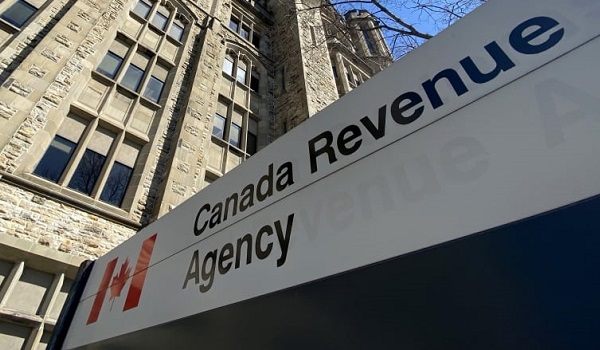Proposed alternative minimum tax changes may help planning before the year-end
Over the years I’ve learned a lot about what to do – and not to do – to maintain a happy marriage. Thoughtfulness is important, for example, so I only once asked my sister to buy a birthday present for my wife, Carolyn, when I was too busy. (“This looks like a sweater your wife would wear,” she said. It did not end well.) And, while it’s important to find things to do together (I’m thinking golf), buying Carolyn a set of men’s golf clubs for her birthday that I borrowed on a regular basis was not the best move.
Yes, I’ve had bad ideas aplenty. But I have to say, our government has come up with some even worse ideas, including its recent proposed changes to the alternative minimum tax (AMT) rules that are expected to come into effect on Jan. 1, 2024. The rules are nonsensical and
The Motion
The government tabled a motion – a proposal that requires a decision by the House – on Nov. 28 to implement measures from the 2023 federal budget and the recent fall economic statement. However, it excluded the proposed AMT changes. This has created uncertainty about when the changes will take effect. For now, Canadians who are prudent should be planning as though the rules will be in effect on Jan. 1, 2024, as was originally announced.
I’m guessing that a key reason these changes were not included in the Notice of Ways and Means motion is that some of the changes make no sense – which should have been obvious to the government before announcing them – and are being challenged now. In fact, I’m aware of several submissions from tax experts to the Department of Finance pointing out problems with the proposed changes.

One change, for example, can only stifle charitable donations from high-income Canadians by cutting in half the donation tax credit allowed under the AMT rules, and taxing 30 per cent of capital gains when donating publicly traded securities to charity (see my articles from last week, and June 29, 2023).
A Capital Mistake
But there’s another change coming – which adds insult to the charitable injury. This change involves capital gains and losses. Under the proposed AMT rules, capital gains will become 100 per cent taxable, but just one half of net capital losses carried over will be allowed. This makes no sense. There should be symmetry here. In the past, the inclusion rate was the same for capital gains and losses, with the result that a capital gain of $1 could be fully offset by a net capital loss of $1.
Take the example of Wendy, who’s a high-income earner in Ontario. She owns ABC Inc. shares for which she paid $170,000 and sells them in 2023 for $70,000, realizing a capital loss of $100,000. She can’t use the loss this year, so it’s carried forward for use later. Suppose Wendy also owns shares in XYZ Inc. which she bought for $50,000 and sells in 2024 for $150,000, realizing a capital gain of $100,000. Overall, Wendy has broken even – after losing on her ABC shares but gaining the same amount on XYZ. At no point in the history of Canada would Wendy ever have had to pay tax when her losses equal her gains. No longer.
If Wendy waits until 2024 to sell her ABC shares, and assuming the AMT rules apply to her, she’ll have to include in her income the full $100,000 capital gain, but she’ll only be able to claim one half of her net capital loss carried forward, or $50,000. The result is that she’ll pay taxes on $50,000 of gain in 2024. This will result in combined federal and provincial taxes of $15,635 (31.27 per cent of $50,000) in a situation where she broke even financially.
Think about this: Wendy broke even. But if she had net capital losses of $150,000 in one year and capital gains of just $100,000 in another year (so that she actually lost money overall), she’d still pay taxes of $7,818 under the proposed AMT rules when she realizes her gains.
This is nonsensical and unfair. Look, if the government wants to increase tax rates on higher-income Canadians, then raise tax rates. But don’t tell Canadians that if they earn nothing in their portfolios – or even lose money – they still have to pay income taxes. That’s an insult.
One last point: If you realize capital gains and losses in the same calendar year, the losses can offset the gains at the same 100 per cent inclusion rate under the AMT. But any net capital losses carried forward, or back, will only be one-half allowable (a problem if gains are 100 per cent taxable). So, if you’ve realized capital losses this year, you’d be wise to realize some capital gains before year-end to offset those losses, especially if the AMT will be an issue for you.
This article was reported by The Globe and Mail














